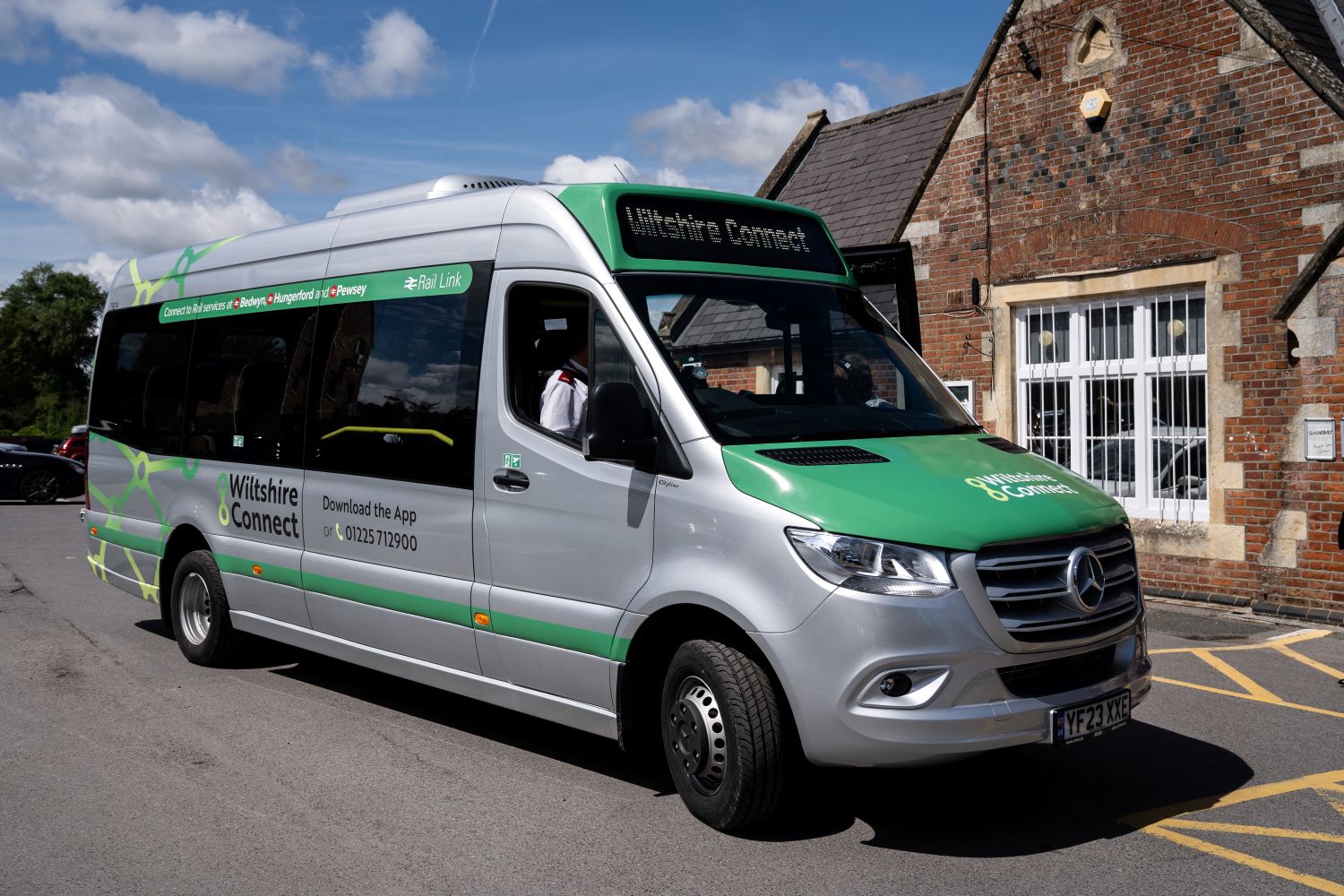Analysis by the County Councils Network (CCN) reveals that three in four councils in England run demand-responsive transport (DRT) but that 95% of these local authorities say they operate at a loss.
As highlighted in the latest issue of routeone, DRT is a means used to plug the gap as operators make cuts to rural services. However, CCN’s research confirms the commonly held belief they are not financially self-sustaining.
CCN issued its survey to 37 local councils and 24 responded, of which 16 said they operated DRT services. Twenty per cent of these ran more than five different services and 20% had more than 10. The number of yearly passengers on these in each county varied from just under 2,000 to 300,000.
Just one council said it ran its services at a mixture of profit or loss, with 95% reporting solely loss-making ventures.
Highlighting the fragility of such networks, only 16% of respondents felt their services were sustainable in the long-term, with 25% saying they were unsustainable and 63% unsure.
With 88% of councils saying long-term funding was the key to sustainability, CCN is calling on the government to direct new funding towards county and rural councils.
Cllr Stephen-Giles Medhurst, Transport Spokesperson for the County Councils Network, says: “Reliable and frequent bus services are a lifeline for many residents in county and rural areas. However, CCN research has shown that traditional bus services are at a historic low, with one in four routes lost over the past decade.
“County authorities have had to innovate and step in – putting in place demand responsive transport to fill the gap left by the decline in commercial buses. They have proved popular with residents who use them, particularly the elderly, who need transport for essential journeys, such as shopping and doctors’ appointments.
“While this survey shows DRT services play an increasingly important role, they are there to complement existing bus services – not a substitute for them. With councils facing unprecedented financial pressures, sustainable investment from government in traditional bus services remains the priority in ensuring a comprehensive local transport network.
“With urban areas and cities prioritised in recent government investment, it is therefore critical that county and rural areas are prioritised for funding as part of government’s latest commitments to reinvest savings from HS2 in local buses.”

























